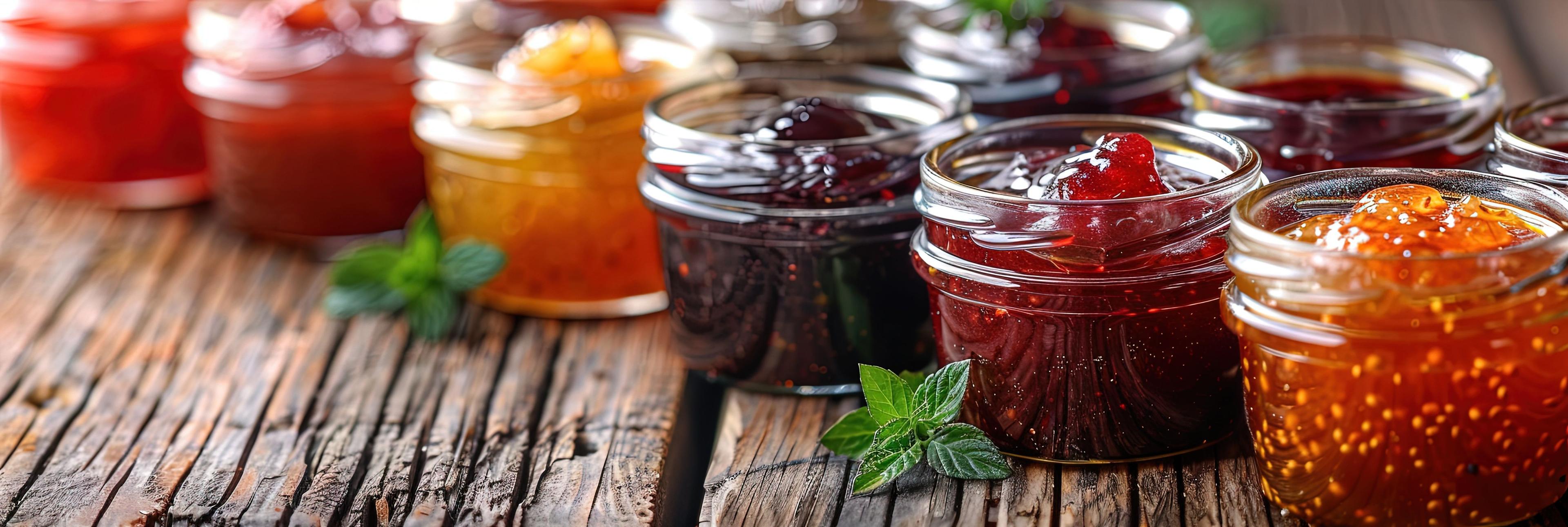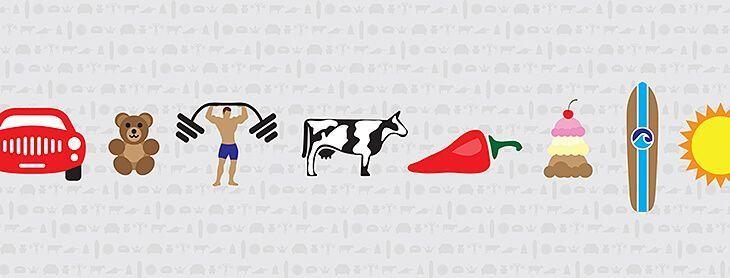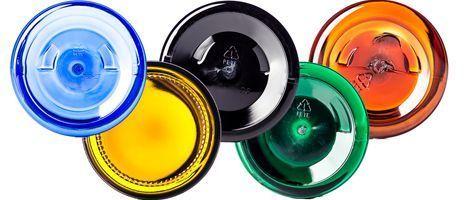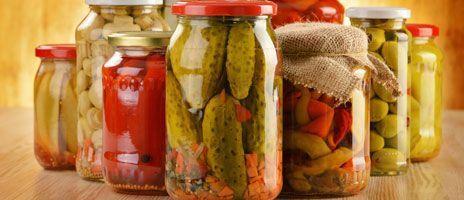A Beginner’s Guide to Packaging with Glass Jars


Why Choose Glass Jars for Packaging?
Glass jars have been a trusted packaging choice for centuries, and their benefits remain as relevant as ever. Here are a few reasons why they’re a smart option:
- Versatility: Glass jars suit a wide range of products, from jams and sauces to beauty creams and candles.
- Premium Appeal: The clarity and weight of glass convey quality and luxury, helping your product stand out.
- Sustainability: Glass is infinitely recyclable and reusable, making it a favorite for eco-conscious consumers.
- Preservation: Glass jars provide an airtight seal, protecting contents from contamination and extending shelf life.
Step 1: Choosing the Right Glass Jar
The first step in packaging with glass jars is selecting the right one for your product. Consider the following factors:
Size and Shape
- What size do you need? Small jars work well for samples or condiments, while larger jars are ideal for bulk items or storage.
- What shape suits your brand? Round jars are classic, but square or hexagonal jars can add a unique touch.
Material and Finish
- Clear or Colored Glass? Clear glass highlights your product’s appearance, while tinted glass (amber, green, or cobalt) offers UV protection and an aesthetic edge.
- Frosted or Embossed? Frosted finishes and embossed designs add texture and sophistication.
Closure Options
- Lids Matter: Choose from screw caps, corks, or snap-on lids, depending on your product’s needs. Airtight seals are a must for food items.
- Decorative Closures: Consider bamboo or metallic lids for an elevated look.
Step 2: Customizing Your Packaging
Your packaging should tell your brand’s story and attract your target audience. Here’s how to make your glass jar packaging unique:
Labels and Branding
- High-Quality Labels: Invest in durable, waterproof labels to maintain a polished look.
- Design Matters: Choose a label design that reflects your brand’s personality, whether it’s minimalist, rustic, or bold.
Creative Additions
- Ribbon or Twine: Add a touch of charm by tying natural twine or satin ribbon around the lid.
- Tags: Include hang tags with product details or brand messaging.
- Embossed Logos: Emboss your brand logo directly onto the jar for a premium feel.
Colors and Visual Appeal
- Color Schemes: Match the lid and label colors to create a cohesive look.
- Showcase the Product: Use transparent glass to highlight the natural beauty of your product, like vibrant jams or textured scrubs.
Step 3: Ensuring Quality and Safety
When working with glass jars, quality and safety should be top priorities. Here’s how to ensure your product meets customer expectations:
Food-Grade Glass
- Ensure the jars are made from food-safe materials if packaging consumables. Look for certifications to guarantee compliance with safety standards.
Testing and Durability
- Test your jars to ensure they can handle shipping and storage without breaking or leaking.
- Check for uniform thickness and a smooth finish to avoid weak points.
Proper Sealing
- Invest in high-quality sealing techniques, like vacuum-sealing or heat-sealing, to prevent spoilage or contamination.
Step 4: Highlighting Sustainability
Glass jars are inherently sustainable, but you can go the extra mile to appeal to eco-conscious consumers:
- Use Recycled Glass: Partner with suppliers that incorporate recycled materials into their jars.
- Encourage Reuse: Add messaging on the label about repurposing the jar (e.g., storage, crafts, or decor).
- Eco-Friendly Labels: Choose biodegradable or recyclable labeling materials.
Step 5: Showcasing Your Product on the Shelf
Your packaging needs to catch the eye and convey the value of your product. Here are tips for standing out:
- Bold Designs: Use striking typography or vibrant colors to make your product pop.
- Tactile Elements: Incorporate textures like raised lettering or embossed patterns.
- Strategic Placement: Use shelf-ready designs that look great from all angles, especially in retail environments.
Common Mistakes to Avoid
Packaging with glass jars can be straightforward, but watch out for these pitfalls:
- Overcomplicated Designs: Simplicity often wins. Avoid cluttered labels or too many decorative elements.
- Ignoring Practicality: Ensure the jar’s size, shape, and closure are practical for your product and customer needs.
- Overlooking Costs: While glass jars are premium, they can be pricier. Balance quality with budget considerations.
Conclusion
Packaging with glass jars is a fantastic way to add value, elegance, and sustainability to your product. By selecting the right jar, customizing it to align with your brand, and ensuring quality, you can create a packaging solution that resonates with customers and elevates your product in the market.
Ready to get started? Explore Container & Packaging’s extensive range of glass jars and discover the perfect fit for your next product.




